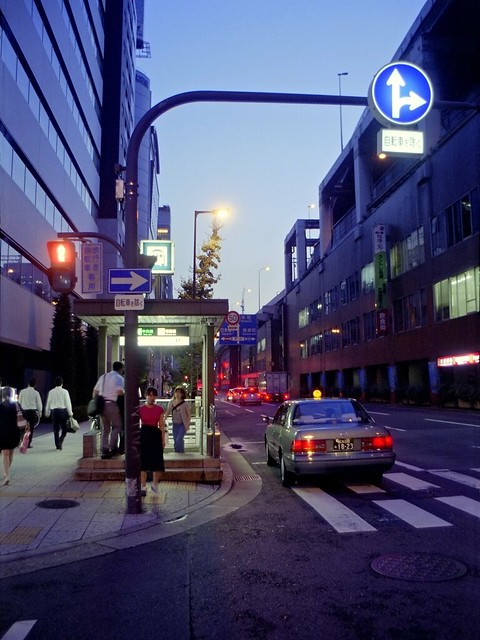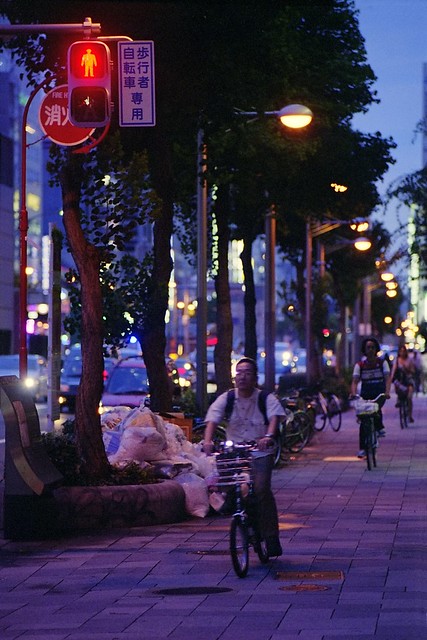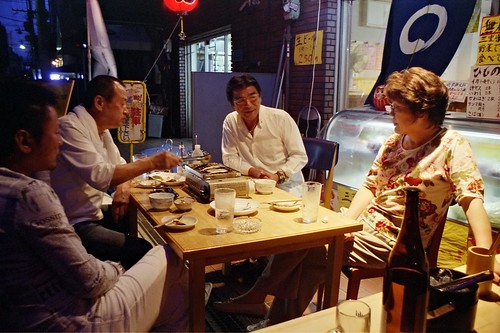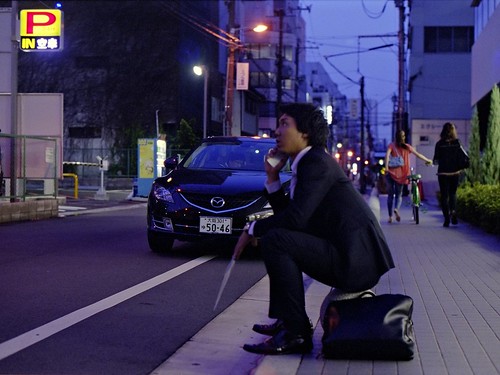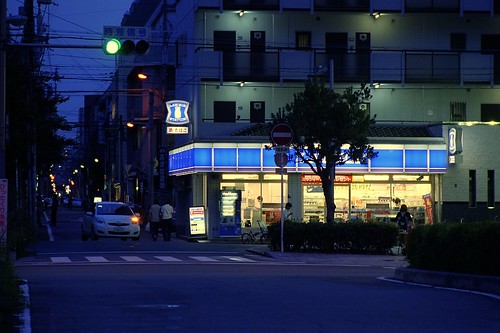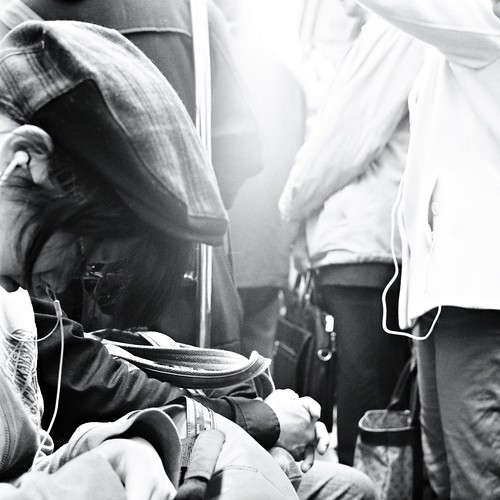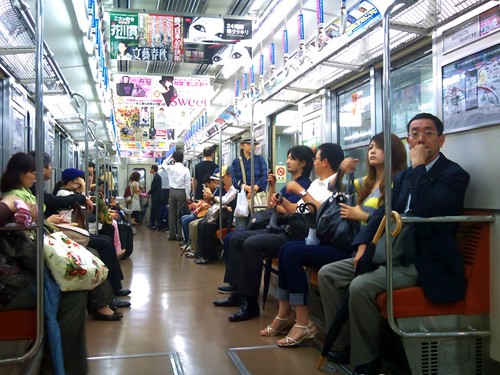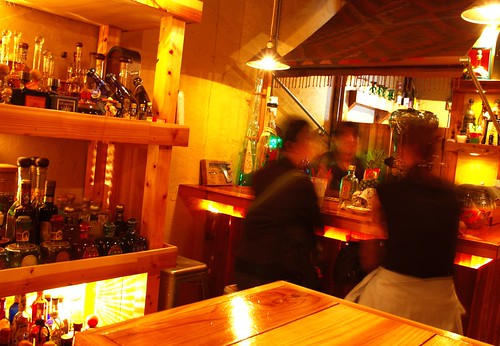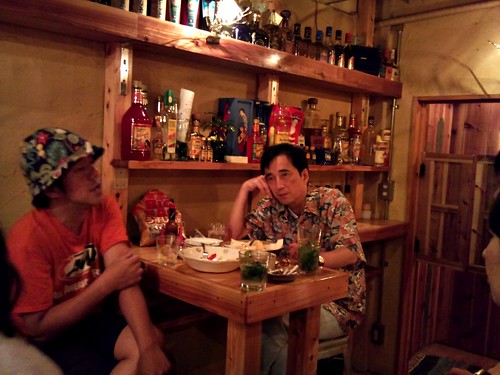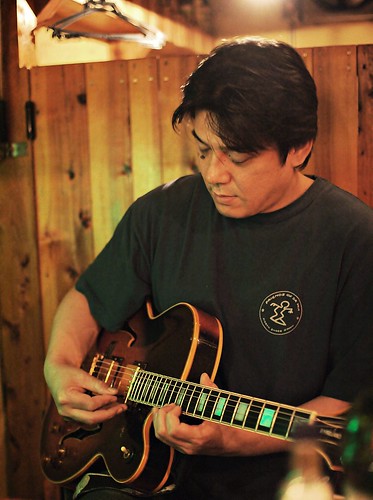We're going to Paris next week. I'll be attending SAB 2010, a biannual conference on the simulation of adaptive behavior. It was the first real conference I went to as a newly-baked doctoral student, and it's still one of my favourite conferences. It's the only place I know where you can hear about ant foraging communication, simulation of lizard spine movement, cockroach brain implant-controlled robots, visual segmentation and human exoskeleton development, all in one conference.
A conference, by the way, is not just - or mainly - about the presentations. True, they're the meat of the event, but if they were the only reason you could might as well do a teleconference, or just email the research papers to everyone. No, the chance to meet people is at least as important.
You gather tens or hundreds of researchers from around the world to network and to socialize. You meet old friends and co-workers, and you meet new people in your field. This is where collaborations begin, where people find their next job, and where new research projects get their inspiration. Conference dinners and get-togethers aren't frivolous extras, but as important as the presentations themselves. A conference really is a dating service for research projects. You show your project through your presentation or poster, and with any luck you'll find a few kindred spirits interested in the same thing. It may lead to a brief exchange of ideas, or to a long-term collaboration lasting for years.
Anyway, while I work, Ritsuko will be doing Paris. See famous sights, browse street markets and department stores, sipping coffee at a sidewalk table watching the world pass by... It sounds fun, and I hope I'll get the chance to do the same someday. This time I'll just add to my experience of conference centers and meeting rooms around the world.
Now, what camera to bring? It's a work trip of course, but still, Paris is Paris. The conference itself is at the museum of natural history, and should be pretty photogenic. Also, I'll have a chance to do some street photography in the mornings and evenings.
The
Pentax 67 is right out, unfortunately - it's just too big and heavy to lug around at the conference. My digital SLR actually takes as much space and weight as the medium-format Pentax once you add the batteries and all the other stuff you need. Besides, this is
Paris - it practically screams for black and white film.
Ritsuko will probably bring her digital pocket camera and her film SLR. I could bring a 35mm camera of course, but if we already have one then a second one feels a bit redundant. Besides, I really, really like medium format film.
So I'll probably bring the
Yashica. It's light and compact so I can just stuff it in my bag at the conference. It's no Rolleiflex; the lens is pretty crummy wide open and the mechanics aren't all that reliable. But the camera is neither rare nor expensive so if something would happen to it it's not a disaster.
I can't bring a tripod and I want to avoid using that lens wide open so a decently fast film is a good idea: HP5 shot at iso 800 should do me nicely. I've used it before with good results. The Yashica, three or four rolls of HP5
1 and a roll of PN400 in case I feel like shooting color. Should be fun.
---
#1 A whopping total of 36 pictures! But you shoot a lot less with film, and you take a lot more care to think through each picture before wasting a precious frame. I can take a hundred digital shots or ten film shots over a day, and in either case I end up with about 4-5 really worthwhile pictures at the end. And I'll spend a lot less time both taking and processing the film shots afterwards.


